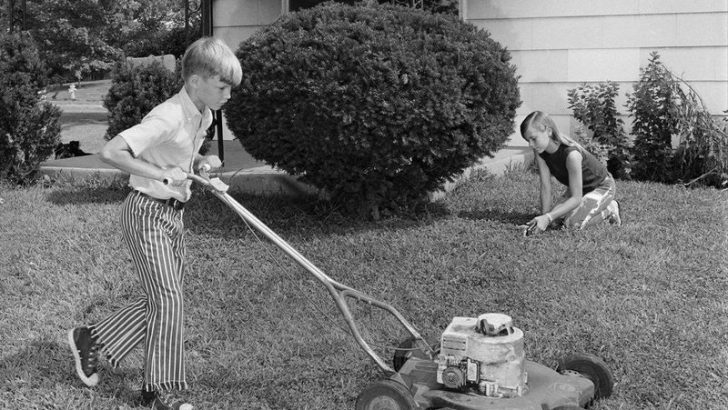Throughout history, the landscape of employment has evolved dramatically. Many jobs that were once common, especially for teenagers, have faded into obscurity due to technological advancements and shifts in societal norms. In the past, these jobs provided not only income but also a sense of responsibility and community involvement. From waking people up in the early hours to manually setting up pins in bowling alleys, these roles were integral to daily life. Here’s a look at 13 teen jobs from the past that have vanished, offering a glimpse into the lives of young workers from bygone eras.
1. Knocker-Upper
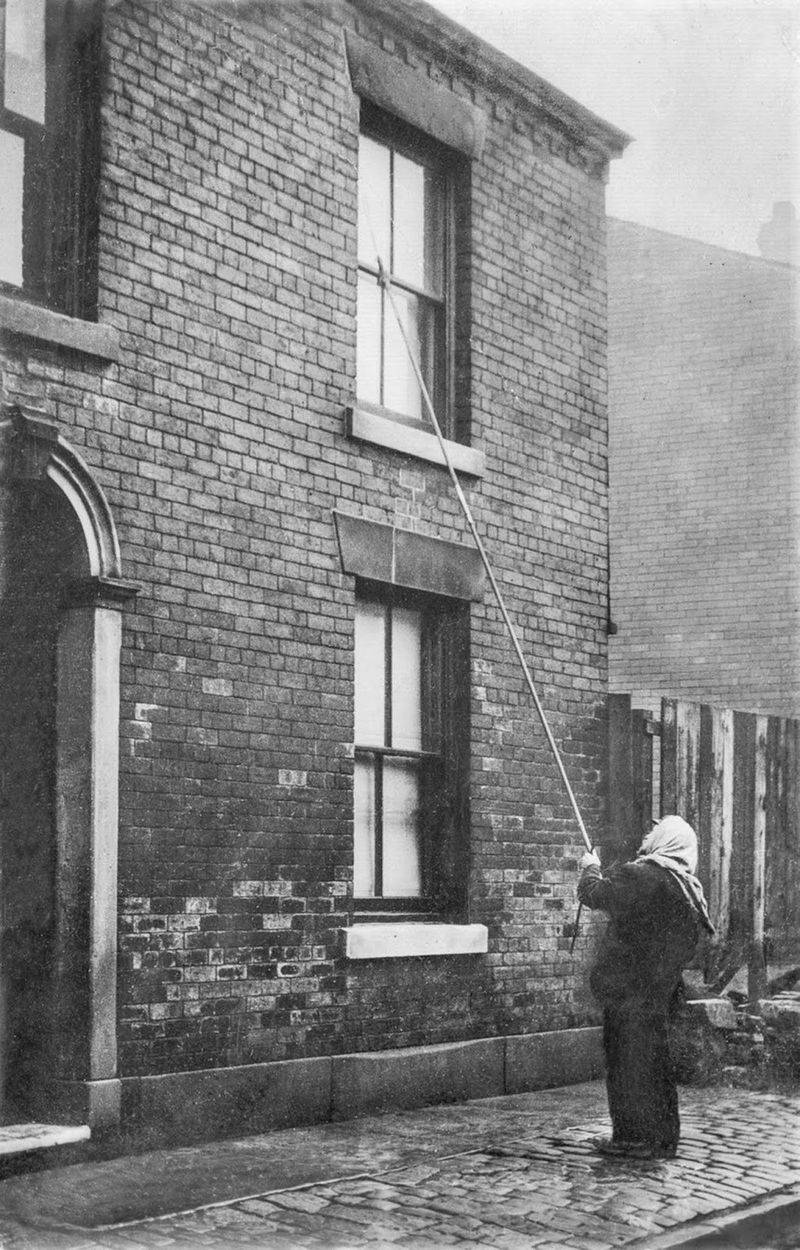
Imagine relying on a knock to wake up! Before alarm clocks were a household staple, the ‘knocker-upper’ roamed the streets at dawn. Using long sticks, they tapped on windows to rouse sleeping workers. Primarily found in Britain and Ireland during the 19th and early 20th centuries, this job required precision and punctuality.
It wasn’t just about waking people up; it was a trusted responsibility. As alarm clocks became affordable and widespread, the need for knocker-uppers faded. Nevertheless, their role in history remains a charming testament to human ingenuity in simpler times.
2. Manual Pinsetter
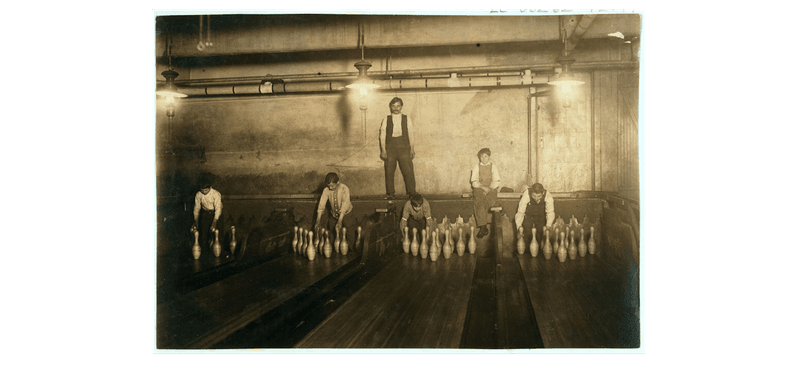
Bowling alleys once echoed with the sounds of pins being manually reset. Teenagers, often working part-time, scrambled behind the lanes setting up pins after each frame. This job, though physically demanding, was a popular choice for many young workers in the early 20th century.
The arrival of automatic pinsetting machines in the 1940s revolutionized the game, making manual pinsetting obsolete. For those who lived through it, the experience was a mix of camaraderie, challenge, and the constant buzz of a bustling alley.
3. Ice Cutter
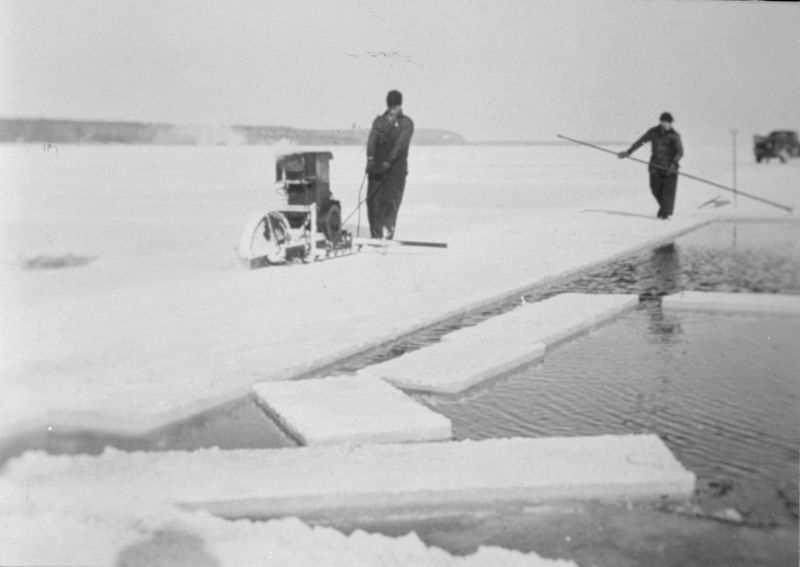
In the chill of winter, ice cutters braved the elements to harvest nature’s freeze. These workers, often teens, cut massive ice blocks from frozen lakes to store for warmer months. This labor-intensive job provided essential cooling before electric refrigeration was invented.
By the 1920s, the introduction of electric refrigerators marked the decline of this once vital profession. The role of the ice cutter tells a story of resilience and adaptation, showcasing how communities once relied on nature’s icy bounty to preserve their food.
4. Switchboard Operator

With nimble fingers and sharp focus, switchboard operators were the vital link in telecommunication. In the early days of the telephone, these operators, often young women, manually connected calls by plugging wires into a switchboard.
Their role required precision and speed, as they managed multiple calls simultaneously. The advent of automated exchanges in the mid-20th century phased out this job, yet its legacy lives on as a symbol of an era when human touch connected voices across distances.
5. Cigarette Girl

In the glamorous venues of the early 20th century, cigarette girls were a common sight. These young women strolled through theaters, bars, and clubs, offering cigarettes and cigars from trays they carried. Their presence added a touch of allure and sophistication to social gatherings.
As smoking habits changed and vending machines emerged, the need for cigarette girls diminished. This role is now a nostalgic reminder of a time when personal service and style enhanced the social scene.
6. Lamplighter

As the evening shadows lengthened, the lamplighter emerged to illuminate the streets. Armed with a long pole, they moved from lamp to lamp, igniting the gas to brighten the way for night-time strollers.
This job, often held by teenagers, was essential before electric streetlights took over. The role of the lamplighter evokes a sense of nostalgia, a reminder of when city nights were lit by flickering flames and human hands.
7. Elevator Operator
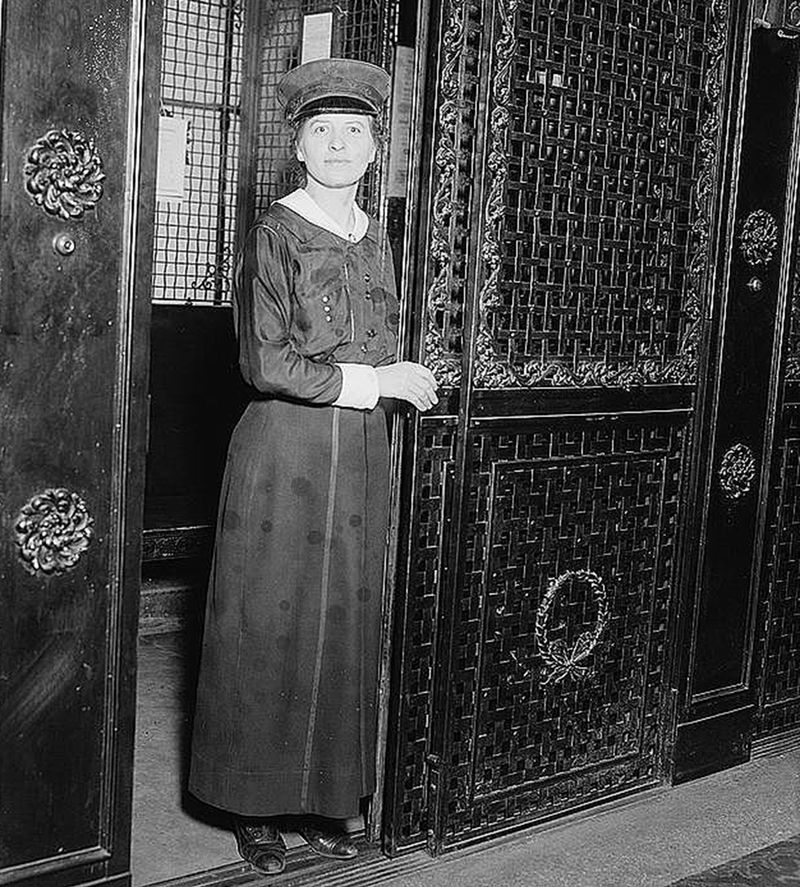
In an age when elevators required manual operation, the elevator operator was at your service. These operators, often young men, managed the lift’s movements with skill, ensuring a smooth ride for passengers.
The position called for courtesy and precision, as each trip needed careful handling. With the advent of automated elevators, their charm and human touch gave way to buttons and sensors.
8. Street Sweeper
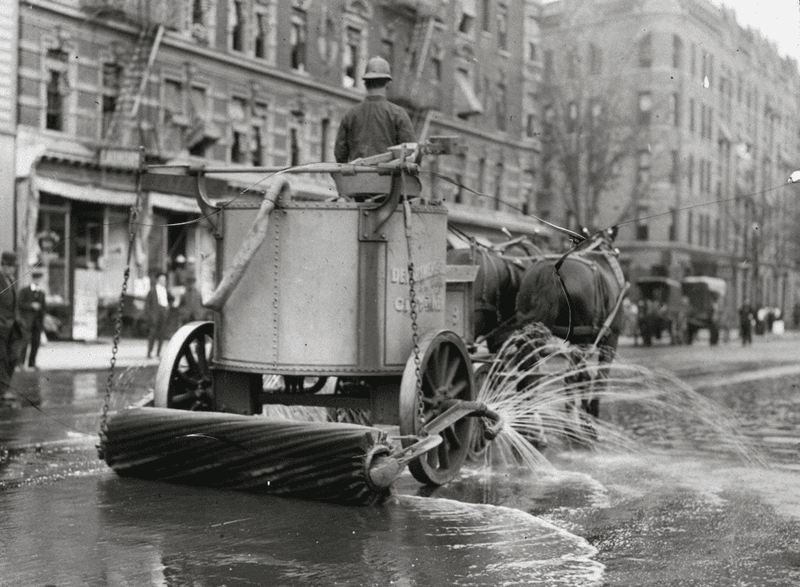
Before mechanized cleaning vehicles, street sweepers toiled to keep urban areas tidy. Often teenagers, they swept the streets with brooms, battling dust and debris. This essential role maintained the cleanliness and hygiene of bustling cities.
With the introduction of street cleaning machines, this manual labor became obsolete. The street sweeper’s work is a testament to the efforts of many who took pride in beautifying their communities.
9. Telegraph Messenger

Speeding through town with urgent news, the telegraph messenger was the bearer of important information. These young couriers delivered telegrams across cities, often on foot or by bicycle.
They played a crucial role in communication before the rise of telephones and emails. As technology advanced, the need for telegraph messengers disappeared, yet their swift service remains a cherished memory of a bygone era.
10. Milk Delivery Boy
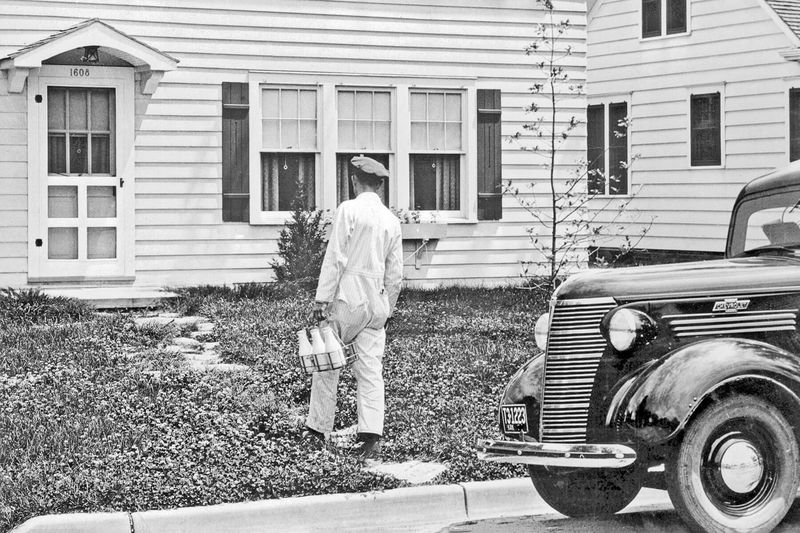
When milk arrived fresh at your doorstep, the milk delivery boy was a familiar figure in neighborhoods. Early every morning, these young workers delivered bottles, ensuring families had their daily dairy supply.
The role required reliability and early rising, traits that endeared them to many households. With the advent of supermarkets and home refrigeration, this routine delivery faded, leaving behind fond memories of a simple, dependable service.
11. Newsboy
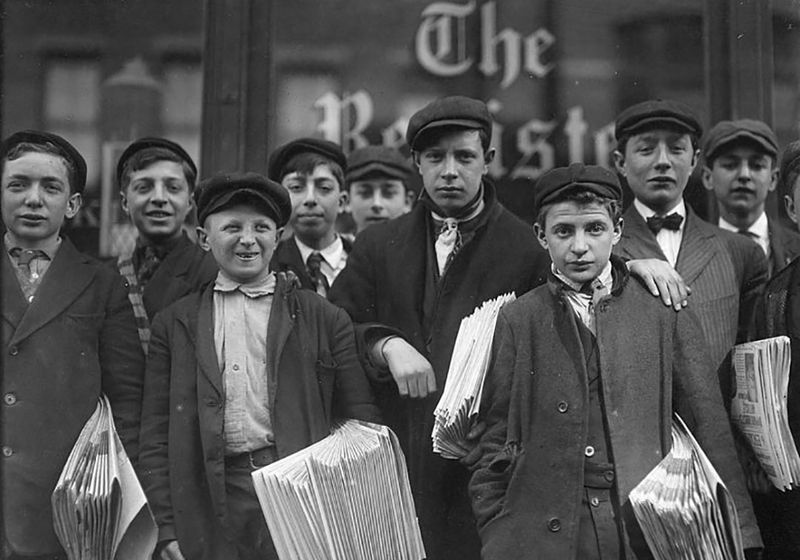
Extra, extra, read all about it! The iconic cry of the newsboy was once a staple of busy city streets. These young vendors sold newspapers with enthusiasm, ensuring the public stayed informed.
The job of a newsboy demanded persistence and a knack for salesmanship. As digital media and online news emerged, the newsboy’s role vanished, but their spirited calls remain a hallmark of urban life from the past.
12. Shoeshine Boy
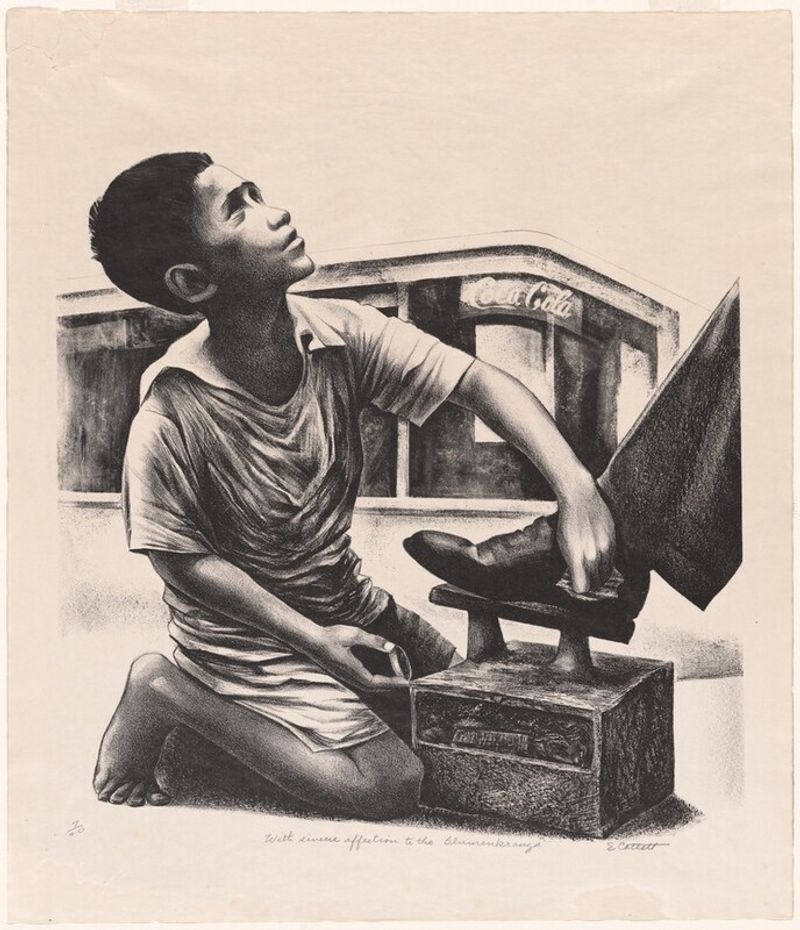
With a brush and polish, the shoeshine boy brought luster to weary shoes on bustling sidewalks. These young entrepreneurs offered their services with pride, brightening footwear while engaging in friendly chatter.
The job required attention to detail and a flair for customer service. As social norms and fashion evolved, the presence of shoeshine boys dwindled, yet they remain a symbol of industrious youth making an honest living.
13. Factory Worker
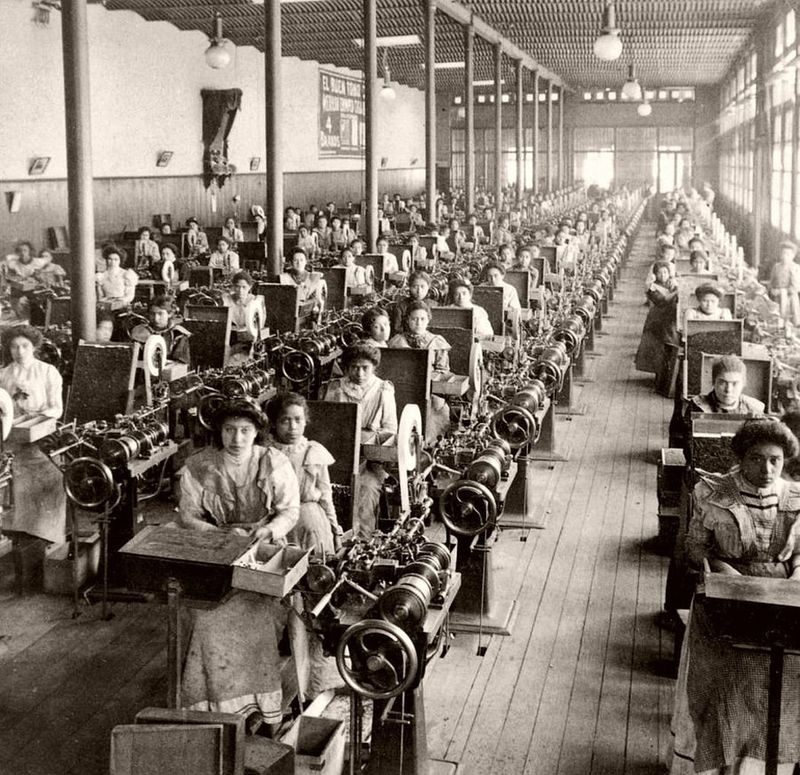
In the industrial heyday, factories buzzed with young workers contributing to mass production. These teenagers handled machinery, assisting in assembly lines that powered the economy.
Despite the demanding conditions, factory work provided valuable skills and income. Over time, labor laws and automation transformed the industry, phasing out many roles once filled by teens, yet their contributions laid the groundwork for future advancements.

Well, hello there!
My name is Jennifer. Besides being an orthodontist, I am a mother to 3 playful boys. In this motherhood journey, I can say I will never know everything. That’s why I always strive to read a lot, and that’s why I started writing about all the smithereens I came across so that you can have everything in one place! Enjoy and stay positive; you’ve got this!

